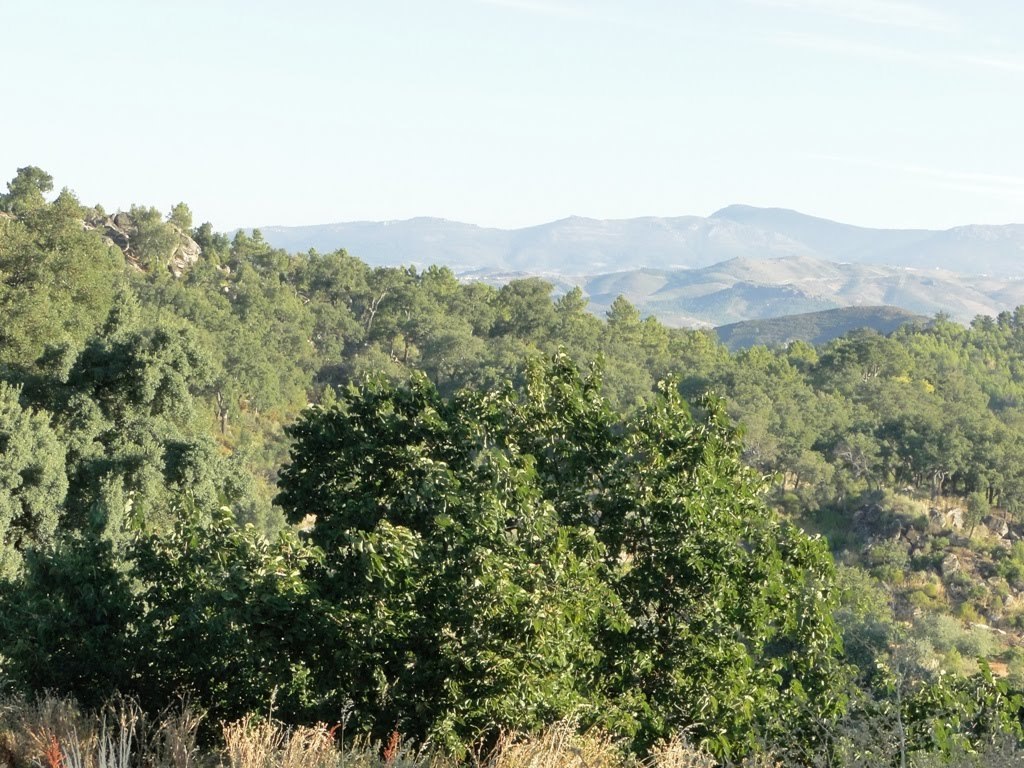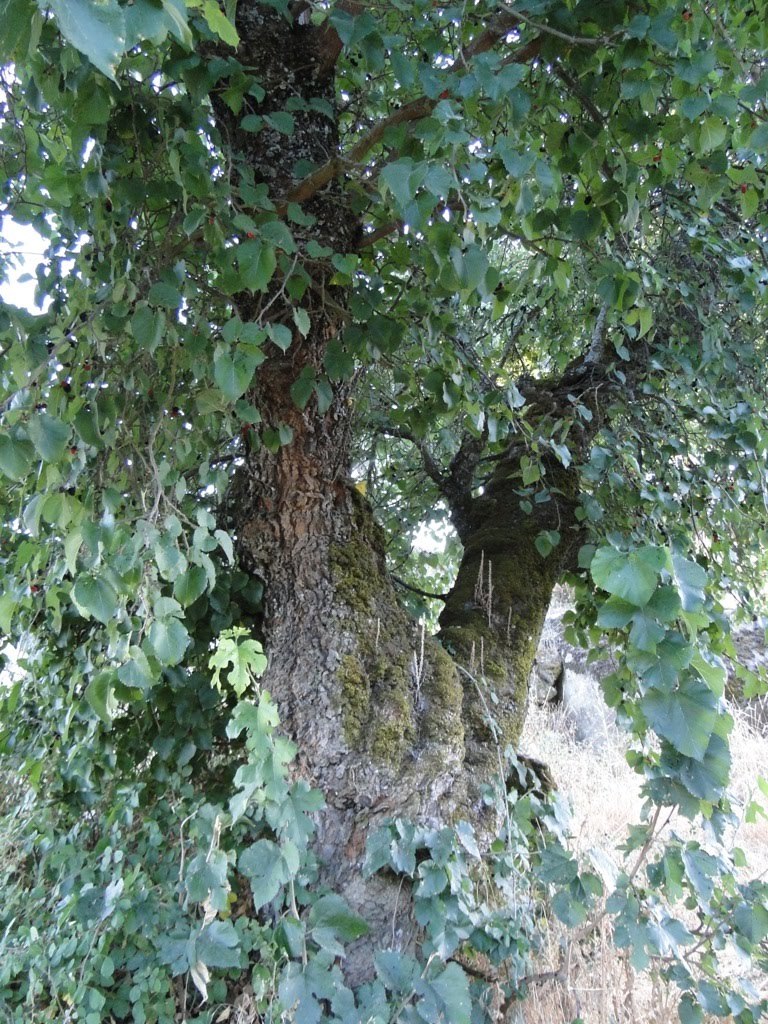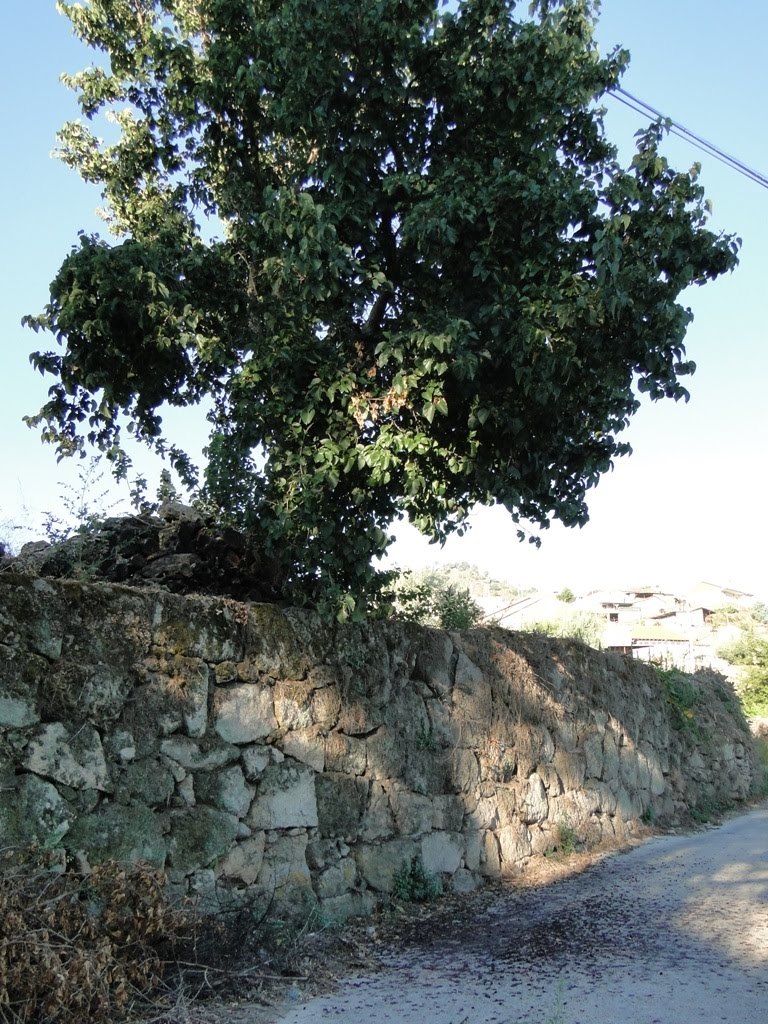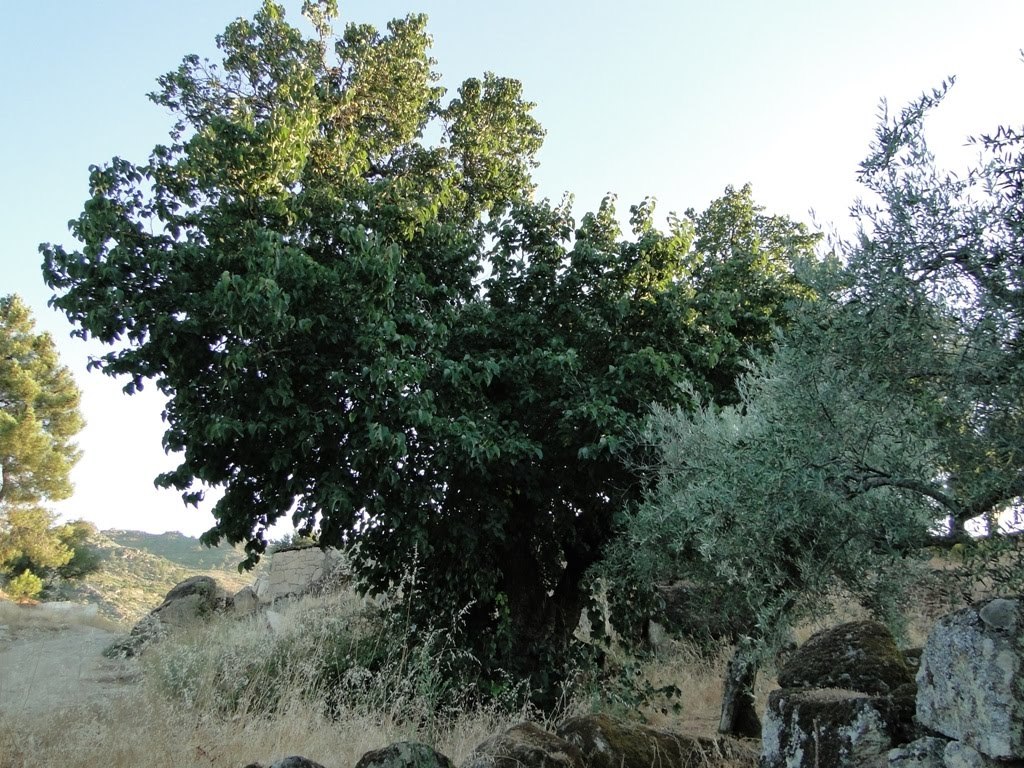that’s another possibility. Many locals don’t speak highly of rubras compared to the better white mulb cultivars, but that does not mean rubras cannot produce a hybrid with-better tasting berries than any of its parents.
Hello Carld, i´m from Germany and interested in mulberries too. In searching for Gerardi Dwarf did you find this shop from Poland?
I ordererd a Gerardi Dwarf and a Shin-Tso cultivar. If everything works out they ship in autumn. If you have the patience, we can swap scions later on. But it might be a year later since i dont know the size of the trees. They are shipped in 2l containers.
With the kind help of another grower here in Germany i got my hands on a morus nigra “Jerusalem”. And i grafted 2 different cultivars of morus nigra, which i brought back from Gran Canaria in may. The motherplants are 2 very old and quite big trees. I suspect those are seedling trees, but both had a lot of immature fruit. Hoping to get a first taste next year.
To save your old tree try grafting low onto cuttings of morus alba and root those (or root the alba first, both ways are possible). To get this tree true to the roots you can then later on plant the tree deep. With some luck the scion will develop own roots. That happens quite often by accident, when people are planting their trees too deep. In those cases its an unwanted process but you can use it to your advantage.
Hello everyone. First time posting. I live in South Florida zone 10B. I grew up in Lebanon feasting in the summer season on black mulberries (Morus nigra). They are called locally Damascus mulberries (or Tout Shami in Arabic).
They stain wickedly, but taste heavenly!!! I have been wanting to grow a tree in Miami. One kind of mulberry grows very well down here. It is called Tropical Everbearing black mulberry. Very easy to propagate via cuttings. Small fruit with good taste, but no comparison to the real “Morus nigra”. By the way, I think like most of you that most if not all M. nigra cultivars are one and the same, with slight regional variations due to soil/climate vagaries (the French call it “Terroir”). At any rate, I am embarking on a project to try to graft an authentic M. nigra on one of these knock off black mulberries. What is the best method to go about doing this? What type of grafting, when, etc. Also anyone has any experience successfully air-layering an M. nigra?
Thanks
i tried it a couple of times, to no avail. And even if i did get lucky, am sure the outcome wouldn’t be as promising as when grafted to seedling rootstock with vigorous taproot systems.
nigras grow really slow here, am afraid growing them on ‘fibrous’ roots will add many years to the already long wait.
quite sure you miss your Damascus mulberries! I would too if had to move from here.
@Derby42 , @tonyOmahaz5, @clarkinks and many other enthusiasts posted a commendable array of grafted mulberries(and among the family). You could refer to Che, mulberry, osage orange, fig grafting - #93 by tonyOmahaz5
the close-up pic showing foliage, stem, and fruits depicts a true nigra. A 300 yr old one at that, and still productive.
and having lived for centuries in england, it may be the cultivar capable of tolerating and bearing fruits in the humid american southeast
suddenly craving for info about nigras and what old trees look like in uk, and intrigued that it is reported to grow in scotland as well.
http://www.moruslondinium.org/research/faq
and here’s one more for @Livinginawe
Nice website (moruslondinium.org)…I hadn’t run across it before…Thanks! Bold statement (cause it’s hard to prove): “Unlike the white mulberry, there is really only one variety and few cultivars of black mulberry.”
I’ve never read an explanation for nigras extremely gnarled trunk…Anybody know?
[quote=“Livinginawe, post:47, topic:5707”]
only one variety and few cultivars of black mulberry.
[/quote] that was confusing me too. Perhaps they meant to say there are few cutivars of just one species. We’re dealing with british english there, eh, @Carld ? ![]()
age and inclement weather are probaby major explanations. Those trees definitely experienced more than their fair share of windy weather, twistings, shearings and such, having lived for centuries. Maybe also gall, or something similar. Intriguing though that @Carld 's centenarian nigra seems not as gnarled as those oldies in uk. Definitely plays into the arguments about nigras coming in different cultivars.
many in the fig family do get gnarly naturally as they get older. Have seen really old stands of vegas fig trees looking like banyans in typhoon belts.
Well i believe very old nigras in Portugal are quite gnarled also. Mine isnt because as i said in a previous post 90% of the tree collapsed in a storm over 30y ago or so and so what was left of it i believe was a branch. The people we had to take care of our farm are now long gone, so I cant say for sure, but i would bet the tenant at the time just stuck one of the remaining branches deep in the soil with a tractor, but cant say for sure
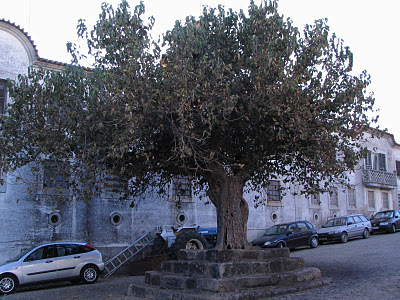 morus nigra in the centre if a very small little village in north of portugal
morus nigra in the centre if a very small little village in north of portugal
i now see the tortuous joints. I guess it is universal regardless of location and climate
btw, beautiful pictures, and really nice sceneries with the semi-ruins and stonework.
when they say ‘old world’, timeless nigra trees sure come to mind.
Its beautiful to see the scenery, old stonework, visigoth and roman ruins and these old trees next to it, there are some pretty old chestnut and olive trees around also, their age no one knows, some say 2000 y old but who knows. Lol! Regarding nigras i really doubt at all there are any difference or cultivars between them. I think they get different names depending the region or farm or area they came from… Chelsea or king james, jerusalem, AGM, etc… all the same in my opinion…
Oldest olive tree in portugal 2850 years old or so they say, i bet there are older than this one in farms and villages https://m.youtube.com/watch?v=_MDonHyvvgs
am not doubting it. Olives seem quite capable!
The three ‘cultivars’ that i have, the berries taste the same. All excellent, that is. So will probably skip ordering chelsea if have to buy online, and just get one if find it being sold at nurseries here.
Beautiful pictures!
Are Nigras always grafted on seedlings or can they be grafted on non-Nigra rooted cuttings?
awesome thread that one, right? and yes, you could graft them on non-nigra rooted cuttings too.

